A – Fastener / nail perforations on the building envelope – An inevitable need
A building’s envelope is the filter between the climate outside and the conditioned space inside and as such it has to ensure, among other functions, protection against water and air infiltrations. The number one rule to ensure a building’s enclosure watertightness and airtightness, is to ensure the continuity of the water and air control layer. While it may be easier to define the watertight and airtight solutions for the planer components, usually the bigger challenges arise at the connection areas of these planar components, or at points where these planar components need to be perforated or penetrated by the passage, or fixation, of singular construction elements, with fasteners or nails.
Fastener / nail penetrations should be analysed as early in the design stage as possible, as well as being specified in the construction documents. Prior to construction starting, all contractors with responsibilities in the building envelope will need to acknowledge the treatment of these penetration points. It is the responsibility of the installing contractor to properly identify all fasteners / nails or other associated components that will interface / penetrate the water or air barrier of the building envelope, and assure continuity of the assembly by properly sealing all of these penetration points.
The interfacing or penetration areas are the most common façade water and air leakage paths. Compromising the quality of a sealing solution for these areas means compromising the façade’s complete watertightness and airtightness.
The need for mechanical fasteners / nails to penetrate the finishing building envelope layers is inevitable. In this technical bulletin we will present the benefits of using the Effisus 2Bond DS solution to address this need and warranty its perfect sealing.
B – The status quo
Clearly at the moment the market does not address these points and the need to preconize and install a long-term sealing solutions properly. The most common solution will be to use silicones that shrink over time and no more assure any sealing capacity, or to simply trust on the fasteners / nails self-sealing capacity which, due to the continuous material movements, most of the times will not last long.
The pictures below show the most common scenarious seen on the roofs / facades around us.
C – Effisus 2Bond DS: the right solution
Effisus 2Bond DS is a bi-adhesive tape specifically developed for sealing nail / screw perforations. It is an active sealants based adhesive, sandwiched between two protective and removable layers, sticky on bots sides and in all its surface, completely adhering to the surfaces in which its gets in contact with – it will totally embrace any nail / fastener that goes trough it. It can be folded or rolled into a bead if additional thickness is required, and it can be used as a moldable sealant to fill gaps and holes.
It has an extremely adhesion strength to most common construction materials, such as metals, concrete, plastics, etc.
ACTIVE SEALANTS TECHNOLOGY
Effisus 2Bond DS Tape uses an innovative technology with active sealants. This technology uses sealants that don’t have double connections between their carbon atoms, which results in an extremely stable molecular structure, that is resistant to light, ozone and heat.
Through the encapsulation of a special primer, an adhesive that “melts” with the surface where it is applied on, is obtained. This originates an instant bonding, to most known materials used in construction. It can be applied in environments with temperatures from -56ºC up to +93ºC.
Effisus 2Bond DS Tape
• Exceptional adhesion to most construction materials;
• Permanently watertight and airtight sealing;
• Malleable to any configuration or thickness;
• One-step application, with no need for accessories;
D – Effisus 2Bond DS – Sealing fastener / nail perforations

3– Sealing perforations on facade vapor control layers or breather membranes

4– Sealing perforations on roofing breather membranes
I am text block. Click edit button to change this text. Lorem ipsum dolor sit amet, consectetur adipiscing elit. Ut elit tellus, luctus nec ullamcorper mattis, pulvinar dapibus leo.
If you want to receive more information about Effisus services or products, please subscribe our Newsletter.










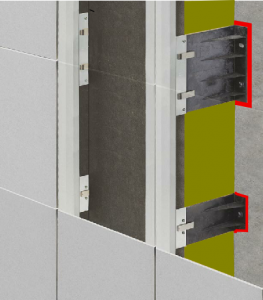
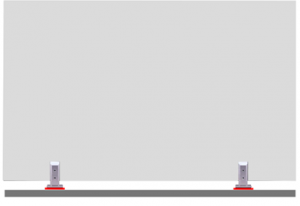
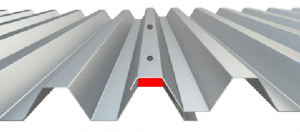
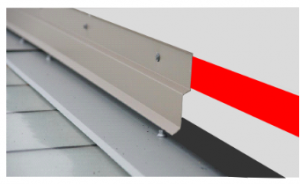
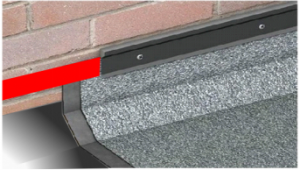





We want to penetrate the top of the roof membrane (TPO roofing) at the edge of a canopy with fasteners to attach an angle to support Exterior Signage. Firestone is telling us they will not warrant roofing. This is not a high risk area in my opinion and it is not over an enclosed area. Will Firestone approve your product in this condition?
Good afternoon Douglas Boldt
Thank you for your interest in Effisus solutions.
Someone from our commercial team will contact you, as soon as possible, with all the information you have requested.
Have a nice day 😊